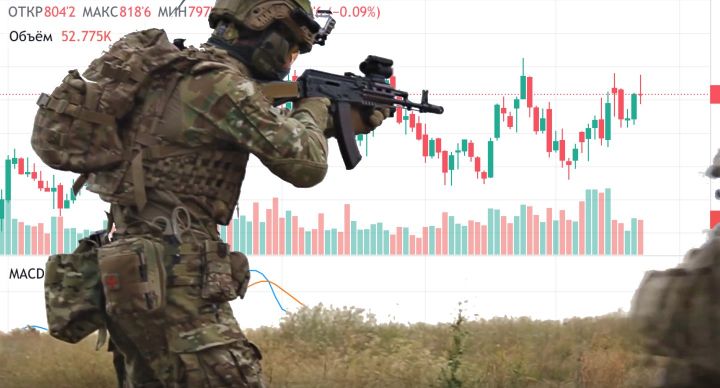Recognition of Two Ukraine's Breakaway Regions: Traders Quest After Alternatives for Black Sea Grains, Vegetable Oils
Yesterday, February 21, Moscow recognized the independence of two separatist areas in Ukraine, a.k.a. LNR and DNR. How do representatives of Ukrainian, international companies and markets respond to the situation evolving and military conflict escalating?
With the two countries [Ukraine and Russia – ed.] accounting for around 29% of global wheat exports, 19% of world corn supplies, and 80% of world sunflower oil exports, traders worried that any military engagement could impact crop movement and trigger a mass scramble by importers to replace supplies from the Black Sea region, Reuters writes.
Wheat futures in Chicago climbed more than 2% on Tuesday, Feb. 22, corn hit a seven-month high and soybeans were up too. All three major food and feed ingredients are up around 40% from the 2021 minimum price, driven by weaker global output and robust demand.
According to Refinitiv, about 70% of Russia's wheat exports in 2021 were shipped to buyers in the Middle East and Africa.
Traders confirm that the escalating military conflict has already forced some buyers to divert ships to other suppliers for fear that any outbreak of war would lead to long-term loading delays.
Related: What if War Starts Tomorrow. Agriproducers, Port Operators and Traders on High Alert in Ukraine
"Ships are avoiding entering the Black Sea over military risks. There are already supply disruptions," says a Singapore-based trader.
Alexander Solovey, CEO Spike Brokers
Does anyone understand, what impact could be for #corn #wheat #sunoil #price globally, in case of Black Sea supply chain crash due to possible #Russia #invasion of #Ukraine?
— OLEKSANDR SOLOVEY (@OleksandSolovey) February 22, 2022
As of 18/02 #Ukraine exported:
~19,5mmt #corn ???? VS 35,5mmt;
~17,5mmt #wheat ???? VS 25mmt .
Prices x2? ????
However, according to him, there are not many alternative sources now. As far as buying corn is concerned, the US is the main source.

Alexander Solovey
CEO Spike Brokers
"Traders are also reluctant to buy wheat in Russia, so they will look towards Europe and the US. Prices for wheat and corn procured in the US and Europe are expected to soar as they are replacement markets for grain supplies from Ukraine and Russia."
He says that due to the complex military situation between Ukraine and Russia, buyers do not want to undertake delivery risks.
Yuri Gavrilyuk, partner, director of consulting and analytical company Barva Invest
Yuri Gavrilyuk, partner and director of consulting and analytical company Barva Invest, said that in recent days the supply of wheat in Ukrainian maritime ports was rather high and prices were acceptable. Yet, buyers are anxious whether or not to enter Ukrainian waters. Therefore, it is easier for traders to buy wheat from other countries, despite the slightly higher price.

Yuri Gavrilyuk
Partner, director of Barva Invest
"As far as corn is concerned, there are currently no alternative supplying countries other than the US and Ukraine. In April we can expect first shipments of Argentinean corn. But logistics is very expensive. That's why corn prices on the CME gained. Our prices will definitely go up too. The benchmark for corn, I think, will be USD 280 a ton."
The expert also marks that sunflower oil prices went up on the international market, while the price of sunflower no longer rises as much as it used to.

Yuri Gavrilyuk
Partner, director of Barva Invest
"It seems that sunflower processors' crush margins have grown nicely. But for them to sustain this crush margin, oil must be sold. Here come the issues of demand, physical ability of processors to ship the commodity. If the escalation eases, over time the market will get used to such negative factors. Obviously, Ukrainian sunflower processors will not feel the benefits of higher prices because they will bear the additional risks of higher freight, insurance costs, etc."





